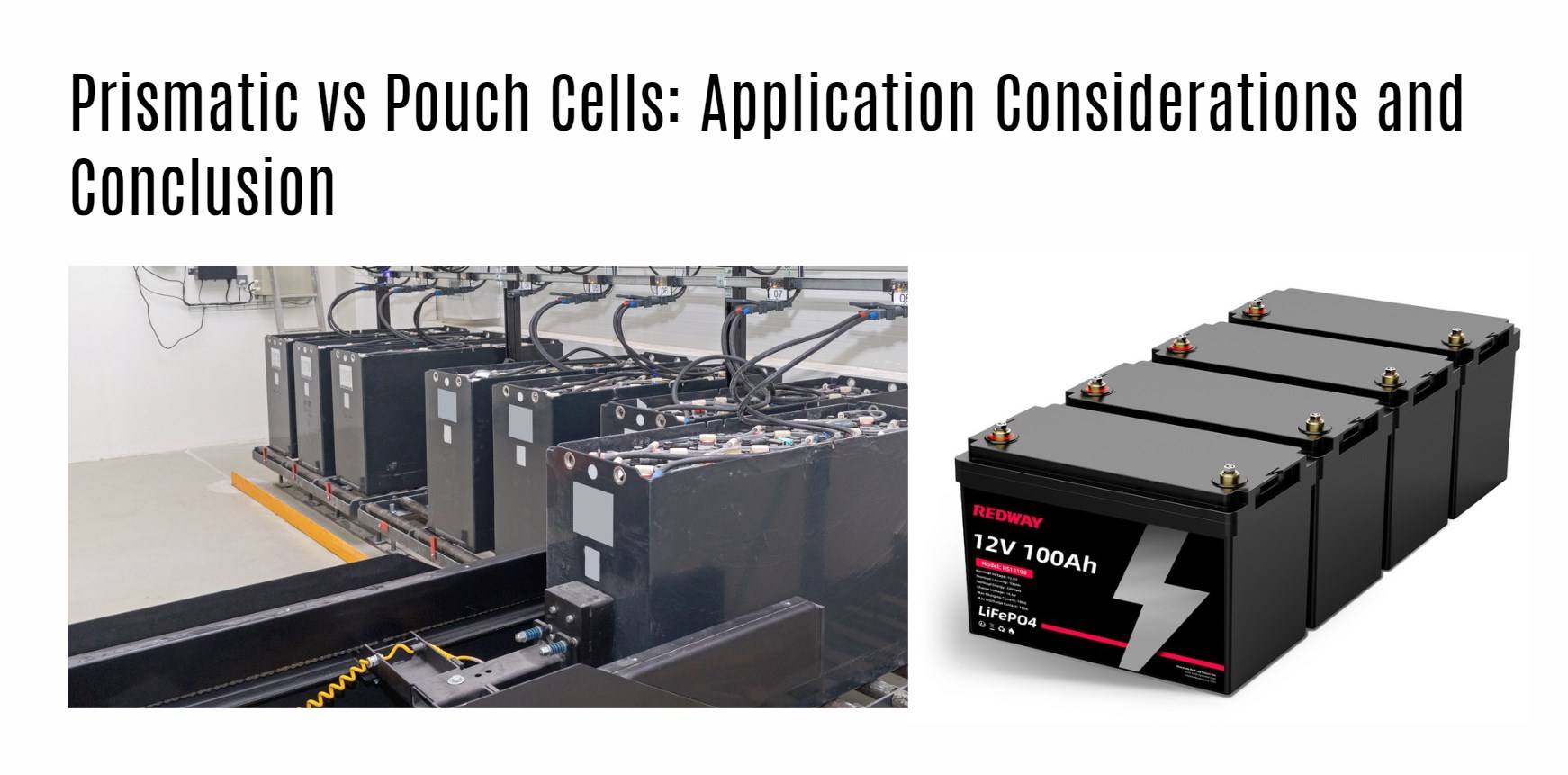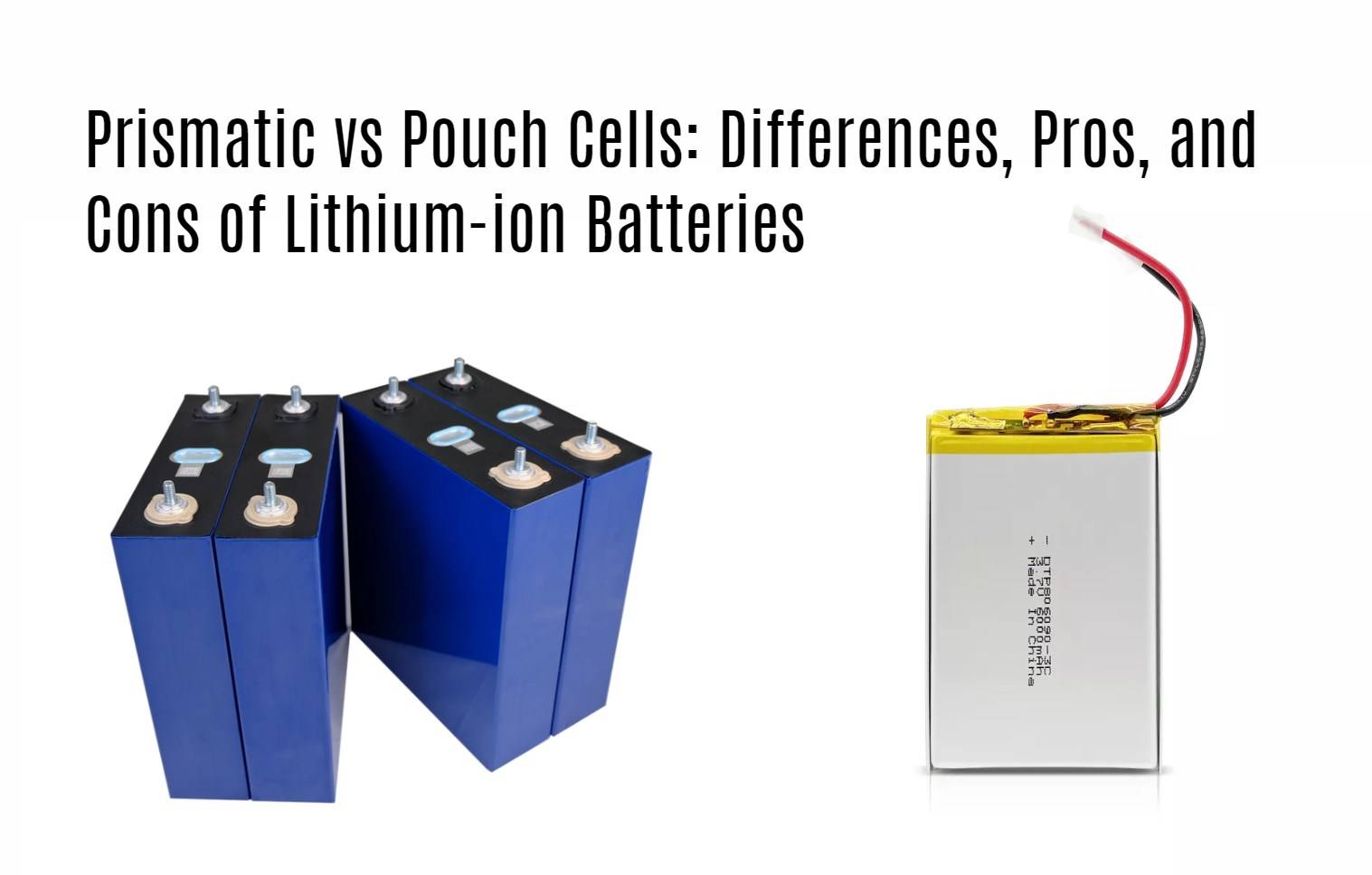Prismatic cells feature a rectangular shape and are commonly used in electronic devices and electric vehicles. In contrast, pouch cells have a flexible, flat design and are often found in smartphones and portable electronics. Understanding the distinctions between these two types of rechargeable battery cells is essential for choosing the right power solution for your specific needs.
-
Prismatic Cells:
- Prismatic cells have a rectangular shape, making them suitable for applications that require a compact and rigid design.
- These cells are commonly used in electronic devices, such as laptops and electric vehicles, due to their high energy density and ability to provide sustained power.
-
Pouch Cells:
- Pouch cells, also known as flexible or laminated cells, have a flat and flexible structure.
- Their slim form factor makes them ideal for applications where space is limited, such as smartphones and portable electronics.
- Pouch cells offer advantages such as lightweight construction, enhanced safety features, and flexibility in design.
-
Distinctions and Considerations:
- The key differences between prismatic and pouch cells lie in their shape, construction, and application areas.
- Prismatic cells are rigid and rectangular, while pouch cells are flexible and flat.
- Prismatic cells are commonly used in larger devices and electric vehicles, whereas pouch cells are prevalent in smaller electronics and portable devices.
- When selecting between prismatic and pouch cells, factors such as energy density, form factor, safety requirements, and specific application needs should be considered.
Table of Contents
ToggleUnderstanding Prismatic Cells
Explore the features and applications of prismatic cells. These rechargeable battery cells are characterized by their rectangular shape and rigid construction. With high energy density, long cycle life, and excellent performance, prismatic cells are widely used in electronic devices and electric vehicles. Discover the advantages and considerations of utilizing prismatic cells for your power needs.
-
Features of Prismatic Cells:
- Prismatic cells are characterized by their rectangular shape, which allows for a compact and space-efficient design.
- They are typically constructed with stacked electrode layers and a solid electrolyte, ensuring stability and durability.
- Prismatic cells often have a rigid outer casing, providing mechanical protection and enhancing safety.
-
Advantages of Prismatic Cells:
- High Energy Density: Prismatic cells offer a high energy density, meaning they can store a significant amount of energy in a compact size.
- Long Cycle Life: These cells have a long cycle life, allowing for multiple charge and discharge cycles without significant degradation in performance.
- Excellent Performance: Prismatic cells provide reliable and consistent performance, delivering the power required for various electronic devices and electric vehicles.
-
Applications and Considerations:
- Prismatic cells find applications in a wide range of devices, including smartphones, laptops, tablets, power tools, and electric vehicles.
- When considering the use of prismatic cells, factors such as energy requirements, space limitations, safety considerations, and specific device/application needs should be taken into account.
- It is important to ensure proper handling, charging, and usage of prismatic cells to maximize their performance and longevity.
Deciphering Pouch Cells
Unveil the features and applications of pouch cells, the flexible and lightweight rechargeable battery cells. With their flat and flexible design, pouch cells are commonly found in smartphones, tablets, and portable electronics. Discover the advantages and considerations of utilizing pouch cells for your power needs, including their lightweight construction, enhanced safety features, and design flexibility.
Pouch cells, also known as flexible or laminated cells, are rechargeable battery cells with a unique flat and flexible design. These cells are widely used in smartphones, tablets, and portable electronics due to their lightweight construction, enhanced safety features, and design flexibility. Let’s delve into the features, advantages, and considerations of utilizing pouch cells for your power needs.
-
Features of Pouch Cells:
- Pouch cells have a flat and flexible structure, making them adaptable to various form factors and space limitations.
- These cells are typically constructed with a flexible pouch that contains the electrode layers and electrolyte.
- Pouch cells often incorporate safety mechanisms, such as pressure relief vents and thermal protection, to enhance safety during operation.
-
Advantages of Pouch Cells:
- Lightweight Construction: Pouch cells are known for their lightweight construction, making them ideal for portable electronics where weight is a crucial factor.
- Enhanced Safety Features: Pouch cells often incorporate safety mechanisms to prevent overcharging, overheating, and other potential risks, ensuring safe operation.
- Design Flexibility: The flexible nature of pouch cells allows for versatility in design, enabling manufacturers to create custom-shaped batteries to fit specific devices or applications.
-
Applications and Considerations:
- Pouch cells are commonly found in smartphones, tablets, e-readers, portable medical devices, and other portable electronics.
- When considering the use of pouch cells, factors such as energy requirements, space limitations, safety considerations, and specific device/application needs should be taken into account.
- Proper handling, charging, and usage of pouch cells are essential to maintain their performance and safety.
Application Considerations and Conclusion
Explore the application considerations when choosing between prismatic and pouch cells. Prismatic cells are suitable for electronic devices and electric vehicles, offering high energy density and sustained power. Pouch cells, on the other hand, are ideal for smartphones and portable electronics, providing lightweight construction and design flexibility. Consider factors such as energy density, form factor, safety requirements, and specific application needs to make an informed decision for your power solution.

-
Application Considerations:
- Prismatic Cells: Prismatic cells are well-suited for electronic devices and electric vehicles due to their rectangular shape, high energy density, and ability to deliver sustained power. They are commonly found in laptops, power tools, and electric cars.
- Pouch Cells: Pouch cells excel in applications that prioritize lightweight construction and design flexibility. They are commonly used in smartphones, tablets, e-readers, and other portable electronics.
-
Factors to Consider:
- Energy Density: Consider the energy density requirements of your application. Prismatic cells typically offer higher energy density, allowing for longer-lasting power in devices that demand high energy output.
- Form Factor: Evaluate the space limitations and form factor requirements of your device. Prismatic cells have a rigid rectangular shape, while pouch cells offer flexibility in design and can be customized to fit specific shapes and sizes.
- Safety Requirements: Assess the safety considerations of your application. Both prismatic and pouch cells incorporate safety features, but specific requirements may vary. Consult the manufacturer’s guidelines and certifications.
- Specific Application Needs: Consider the unique requirements of your device or application. Factors such as weight, cycle life, charging time, and environmental impact may influence your decision.



